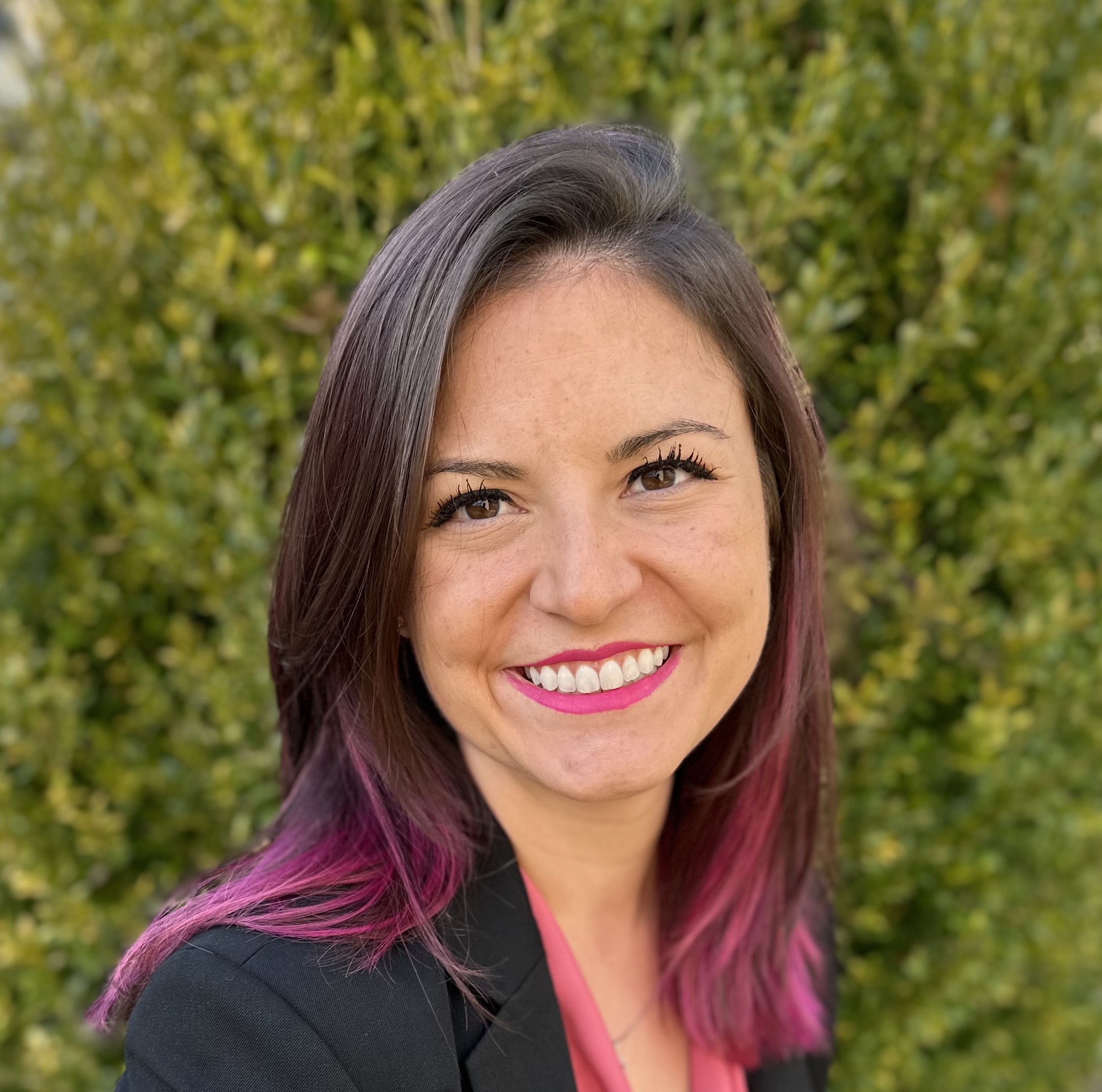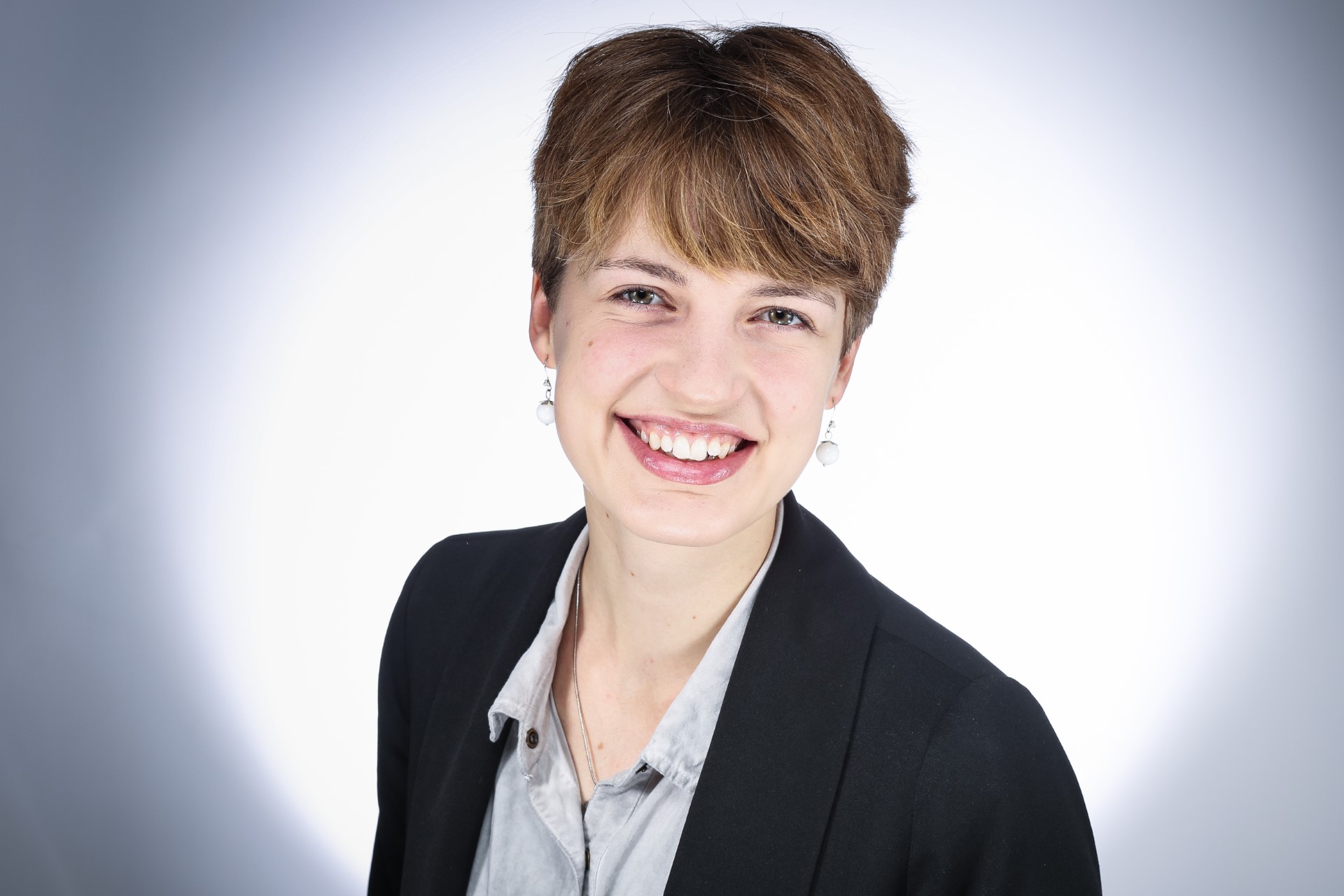Symposia
Dissemination & Implementation Science
3 - (SYM 66) Web-based Interpretation Bias Training to Reduce Anxiety: A Sequential, Multiple-assignment Randomized Trial

Jeremy W. Eberle, M.A. (he/him/his)
Graduate Student
University of Virginia
Charlottesville, Virginia, United States
Katharine E. Daniel, M.A. (she/her/hers)
Clinical Psychology PhD Student
Massachusetts General Hospital / Harvard Medical School
Charlottesville, Virginia, United States- SB
Sonia Baee, PhD (she/her/hers)
Graduate Student
University of Virginia
Charlottesville, Virginia, United States 
Alexandra L. Silverman, M.A. (she/her/hers)
Doctoral Student
University of Virginia
CHARLOTTESVILLE, Virginia, United States- EL
Elijah Lewis, B.S. (he/him/his)
Research Assistant
University of Virginia
Charlottesville, Virginia, United States - AB
Anna Baglione, M.S.
Graduate Student
University of Virginia
Charlottesville, Virginia, United States 
Alexandra Werntz, Ph.D.
Associate Director, Center for Evidence-Based Mentoring
University of Massachusetts Boston
Charlottesville, Virginia, United States- NF
Noah French, BA (he/they)
Graduate Student
University of Virginia
Charlottesville, Virginia, United States - JJ
Julie Ji, PhD (she/her/hers)
Research Fellow
University of Western Australia
Perth, Western Australia, Australia 
Nicola Hohensee, M.S.
PhD Student
University of Münster
Münster, Nordrhein-Westfalen, Germany- XT
Xin Tong, PhD (she/her/hers)
Associate Professor
University of Virginia
Charlottesville, Virginia, United States - JH
Jacalyn Huband, PhD (she/her/hers)
Senior Computational Scientist
University of Virginia
Charlottesville, Virginia, United States - MB
Mehdi Boukhechba, Ph.D.
Senior Data Scientist
Johnson & Johnson
Charlottesville, Virginia, United States - DF
Daniel Funk, BS (he/him/his)
Software Developer
Sartography
Staunton, Virginia, United States - LB
Laura Barnes, PhD
Associate Professor
University of Virginia
Charlottesville, Virginia, United States - BT
Bethany Teachman, Ph.D.
Principal Investigator & Professor
University of Virginia
Charlottesville, Virginia, United States
Speaker(s)
Co-author(s)
Background: Web-based cognitive bias modification for interpretation (CBM-I) holds promise for increasing access to care by providing practice thinking about ambiguous situations in less threatening ways without requiring a therapist. Web-based CBM-I can improve interpretation biases and anxiety symptoms but faces high rates of dropout. This study tested the effectiveness of web-based CBM-I relative to an active psychoeducation condition and the addition of low-intensity, nonspecialist telecoaching for a subset of CBM-I participants.
Method: 1,234 anxious community adults (M age = 35.09 years, 81.2% female, 72.1% white, 82.6% not Hispanic, 91.2% from United States) were randomly assigned at Stage 1 of a sequential, multiple-assignment randomized trial to complete five weekly sessions of CBM-I or psychoeducation on our team’s public research website. After the first session, a machine learning algorithm attempted to classify CBM-I participants as higher (vs. lower) risk for dropping out before starting the second session. Those classified as higher risk were then randomly assigned at Stage 2 to complete four brief weekly check-ins with undergraduate and graduate student telecoaches (vs. no coaching). Incorporating components from the efficiency model of support and supportive accountability model, coaches answered participants’ questions about using the program and applying CBM-I training principles in daily life.
Results: As hypothesized (preregistration: https://doi.org/j2xr), Bayesian multilevel models showed that CBM-I significantly outperformed psychoeducation at improving positive and negative interpretation biases and anxiety symptoms, with smaller treatment gains remaining significant at 2-month follow-up. Unexpectedly, Bayesian zero-inflated count models showed that CBM-I had significantly worse treatment dropout outcomes than psychoeducation, and adding coaching (vs. no coaching) did not significantly improve efficacy or dropout outcomes in CBM-I (notably, many participants chose not to interact with their coach).
Conclusion: The present results suggest that web-based CBM-I may improve interpretation biases and anxiety symptoms relative to an active comparison condition but that CBM-I participants are less likely to complete treatment. The results also raise questions about the ability of brief telecoaching to improve treatment effectiveness and retention for anxious CBM-I participants, and highlight the need to make coaching more desirable for this population.

.png)
